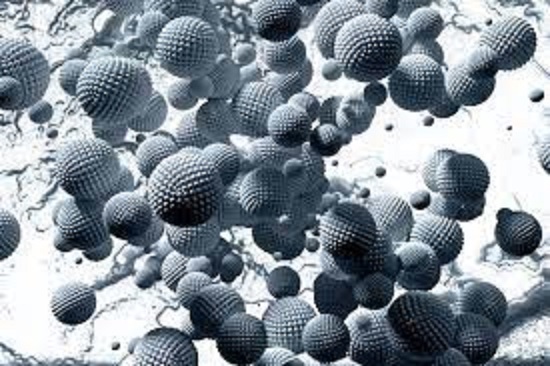The scientists of the Massachusetts Institute of Technology (MIT) have designed nanoparticle sensors that could diagnose early-stage cancer through a simple urine test on a strip of papera.
Tumors can be treated more successfully if they are diagnosed in the early stages of development. The scientists said that these sensors they devised and designed to detect many cancer-causing proteins could also distinguish the type of tumor, how it responds to treatment and whether it has metastasized.
“We are looking to innovate in the context of making technology available to low to medium resource settings. Putting this diagnostic on paper is part of our goal to democratize diagnostics and create cost-effective technologies that can deliver rapid response at the point of care“, he has declared Sangeeta Bhatia, MIT biomedical engineer and senior author of the study published April 24 in Nature Nanotechnology.
Bhatia’s team had originally explored the idea of detecting naturally occurring tumor biomarkers, such as proteins or circulating tumor cells, in patients’ blood samples. However, these biomarkers are hard to come by, especially in the early stages, which prompted the team to create ‘synthetic biomarkers’ that could diagnose cancer by amplifying small-scale changes that occur within small tumours.
The nanoparticles the team previously created can detect the activity of proteases, biological catalysts that can help cancer cells spread. However, as this equipment is not always available, researchers have developed new nanoparticle sensors that could be analyzed more easily and cost-effectively using a technology that reads repetitive sequences of DNA called CRISPR. In particular, nanosensors have been designed so that when they encounter a tumor, they release short sequences of DNA that will end up in the patient’s urine. The urine sample can be analyzed with a strip of paper that recognizes a signal activated by a CRISPR enzyme called Cas12a. When a particular DNA “barcode” is present, Cas12a boosts the signal so that it appears as a dark band on the test paper.
In a study conducted on mice, scientists demonstrated that a panel of five DNA barcodes could accurately distinguish tumors that originated in the lungs from those formed by colorectal cancer cells that had metastasized. The team also collaborated with other institutions to build a device that can distinguish at least 46 DNA barcodes in a single sample.
The scientists said they are now working to further develop the nanoparticles, with the aim of testing them in humans. If applied, this easy and non-invasive system will allow a profound improvement in the diagnosis of tumors, with the possibility of increasing the chances of recovery.
Thanks to our Telegram channel you can stay updated on the publication of new articles from Economic Scenarios.
